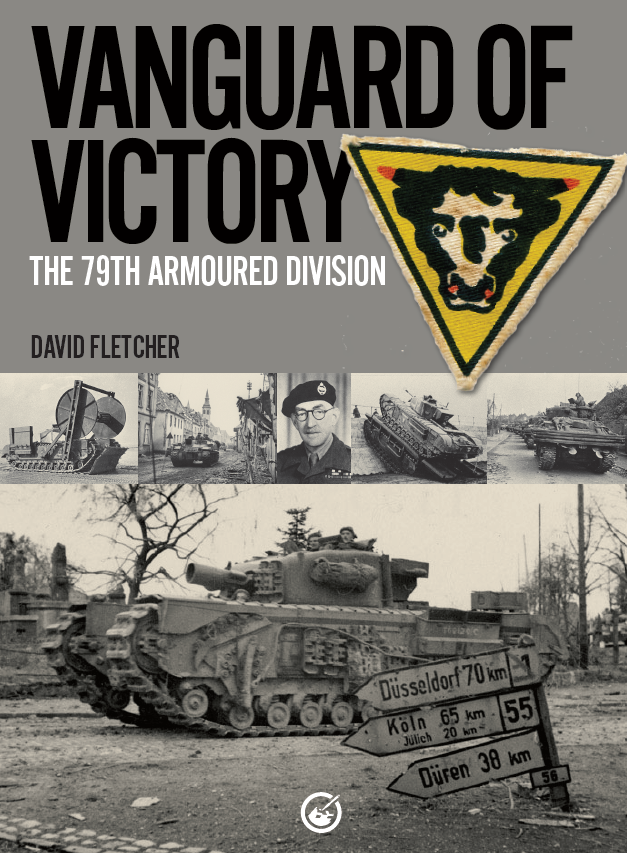Vanguard of Victory: The 79th Armoured Division
Usually shipped within 24 hours
UK deliveries from £5.95
Delivery & Returns
Delivery & Returns
We use the Royal Mail, DHL Express or UPS for our customers. For UK addresses, deliveries under 10kg are a standard £4.95 via Royal Mail Tracked 48 Service. For orders over 10kg and overseas customers, postage is calculated for you at checkout once you have entered your postal address. This price, does not include any potential custom charges that may apply, depending on the product or destination, as every country has very different import duties / taxes. Online exclusive products (such as trainers) will be delivered to you directly from the printer, separate from other items in your order, but your postage fee covers ALL items in your order.
If you are unhappy with your purchase, please email shop@tankmuseum.org within fourteen (14) working days of receiving your goods, and return it to us at the address below, in its original condition, unopened (with any seals and shrink-wrap intact) and we will issue you a full refund or replace it. Goods must be returned at your own cost. If the item is faulty, you do not need to return it, we will send you a replacement free of charge.
Description
Description
David Fletcher’s 1984 title on the 79th Armoured Division has been republished with a 21st Century makeover.
Originally published by HMSO in 1984 but out of print for many years, Vanguard of Victory: The 79th Armoured Division joins the growing number of David Fletcher’s early work to be republished by The Tank Museum.
The 79th Armoured Division was formed to develop and put into action a range of specialist armour that would lead the Allies in the invasion of France.
With Major General Percy Hobart in command, vehicles like the Sherman Crab and Churchill Crocodile would become known as “Hobarts Funnies” – making their battlefield debut on D-Day.
David looks at the history of specialised armour, the development of the vehicles that would see action, and examines the some of the actions in which they took part – all illustrated by newly rescanned images from The Tank Museum archive.
This book has been made using FSC certified paper and card
![Vanguard of Victory: The 79th Armoured Division Book [variant_option4]](http://tankmuseumshop.org/cdn/shop/files/VanguardofVictory.png?v=1748338624&width=1214)

![Vanguard of Victory: The 79th Armoured Division Book [variant_option4]](http://tankmuseumshop.org/cdn/shop/files/VanguardofVictory.png?v=1748338624&width=88)
![Tank Museum Playing Cards Game [variant_option4]](http://tankmuseumshop.org/cdn/shop/files/ProductShoot_10_10_2025035.jpg?v=1760358498&width=176)
![Tank Museum Wrapping Paper - White - Two sheet pack Wrapping Paper [variant_option4]](http://tankmuseumshop.org/cdn/shop/products/Wrapp_Paper_All.jpg?v=1748337915&width=176)
![Vanguard of Victory: The 79th Armoured Division Book [variant_option4]](http://tankmuseumshop.org/cdn/shop/files/VanguardofVictory.png?v=1748338624&width=640)



